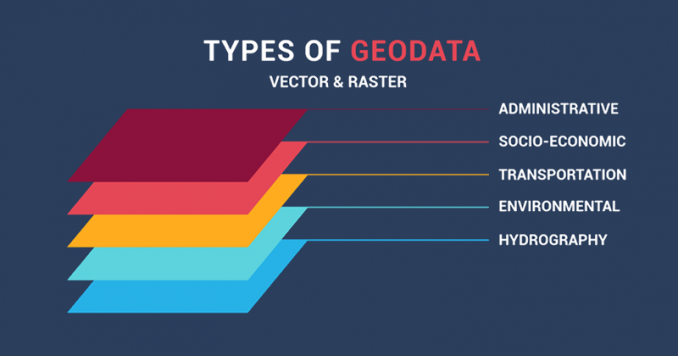

We try to improve upon the existing similar datasets in terms of geographical coverage, quality of measurement and number of variables provided. distance represents the shortest line between two points, taking into. geodist can be installed by running install. The geodist command is used to calculate the distance between two locations. The GeoDist webpage provides two distinct files: a country-specific one (geo_cepii)and a dyadic one (dist_cepii) including a set of different distance and common dummy variables used in gravity equations to identify particular links between countries such as colonial past, common languages, contiguity. The package provides data on countries and their main city or agglomeration and the different distance measures and dummy variables indicating whether two countries are contiguous, share a common language or a colonial relationship. In any case, the translation has created two new. For most of them, different calculations of “intra-national distances” are also available. Here's an updated version of my example the looping is over all observations of the second dataset.

The output looks like this (Stata generates all the possible IDYear pairs so that the number of observations enormously increase in panel data setting): Code: Example generated by -dataex. This puts each set of observations side-to-side and it's easier to manage. and then run the below codes, Code: rename 0 cross using 'test.dta' geodist lat lng lat0 lng0, gen (d) dataex in 1/30. We have calculated different measures of bilateral distances available for most countries across the world (225 countries in the current version of the database). If you have two kinds of locations, then the easiest solution is not to append both datasets but to do an unmatched merge. GeoDist provides several geographical variables, in particular bilateral distances measured using citylevel data to assess the geographic distribution of population inside each nation. with an unmatched merge strategy (merging on n rather than any variables) is that all the variable names must be distinct across the two datasets. N2 - GeoDist makes available the exhaustive set of gravity variables used in Mayer and Zignago (2005). The package provides data on countries and their main city or agglomeration and the different distance measures and dummy variables indicating whether two. KW - DISTANCES KW - INTERNATIONAL TRADE KW - DATABASES KW - GRAVITY MODEL KW - TRADE COSTS TI - Notes on CEPII’s distances measures: The GeoDist database CEPII - Notes on CEPII’s distances measures: The GeoDist database


 0 kommentar(er)
0 kommentar(er)
